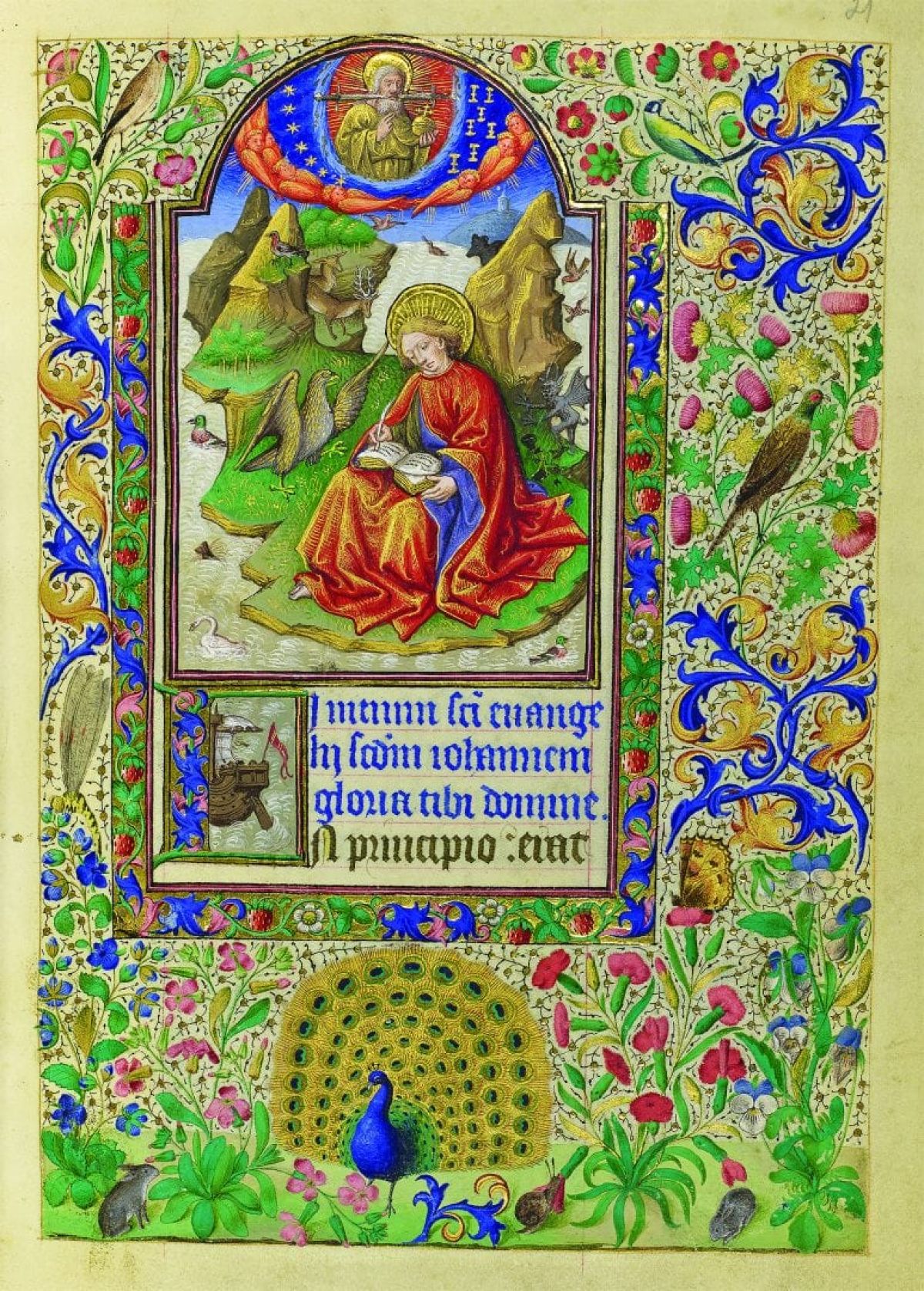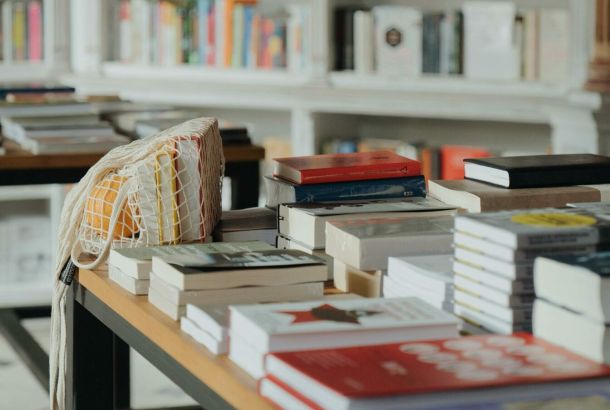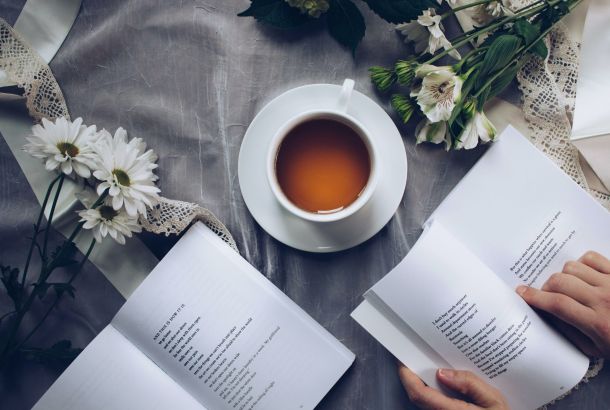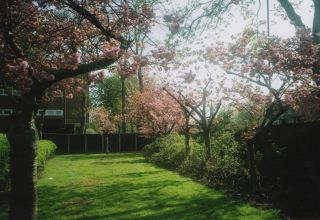The Alchemy of Colour
By James Gill

From arsenic to mercury, blackened bones to beetles, The John Rylands Library’s new exhibition The Alchemy of Colour explores the curious recipes used throughout the centuries to bring vivid colour to manuscripts.
Visitors to the exhibition will explore the lengths artists went to add colour and the processes of making the pigments. Often nature was used for the palette: vibrant yellows were obtained from cows urine, bright blues from crushed precious stones and inky blacks from the tree growths caused by wasps.
Elaine Sheldon, Conservator at The John Rylands Library and Co-Curator of the exhibition said: “Creating The Alchemy of Colour has enabled us to explore the Library’s incredible collection of manuscripts from a wholly new perspective, and appreciate them as exquisite works of art as well as feats of writing, thinking and learning. The exhibition brings to life stories of colour-making from across time periods and cultures, and visitors will be fascinated by the diversity and beauty of the items on show.”
Carol Burrows, Heritage Imaging Manager at The John Rylands Library and Co-Curator told The Mancunion: “The idea was to tell some of these stories of the pigments in the manuscripts, as a way into manuscripts that isn’t often talked about. The stories behind the colours are often very interesting. The first thing we did was to identify the colours and so for that we used microscopy. We took tiny pigment samples and studied them under a microscope to find out from their optical qualities which pigments they were. We also used a fibre optic and a multispectral imaging technique.
“When we knew specifically what colours we had, we could then talk in the exhibition about how they were produced and made and the interesting tales behind them. For the exhibition, we’ve grouped the manuscripts into cases where a particular colour is strongly used so for instance the yellow case has examples of vibrant yellows.
“What is interesting is that the colours used are sometimes specific to that area. For example, there is an Armenian manuscript here which uses the Armenian cochineal to produce the pink. That insect is only found in a very small area of Armenia so that specific colour can’t be found anywhere else. We wanted to show the huge geographic range in the exhibition so our manuscripts are from all over the world.”
The Alchemy of Colour starts on 15th March and runs until 27 August 2018. There will also be a programme of events to accompany the exhibition. For further information about the exhibition, the programme and the library itself, go their website.







